Plant Anatomy
Here we will learn about the different parts of the plant. Plants consist of roots, stem, leaves and in some cases flowers. We will take a look on the anatomy of the Catharanthus roseus flower and discuss the different parts with details.
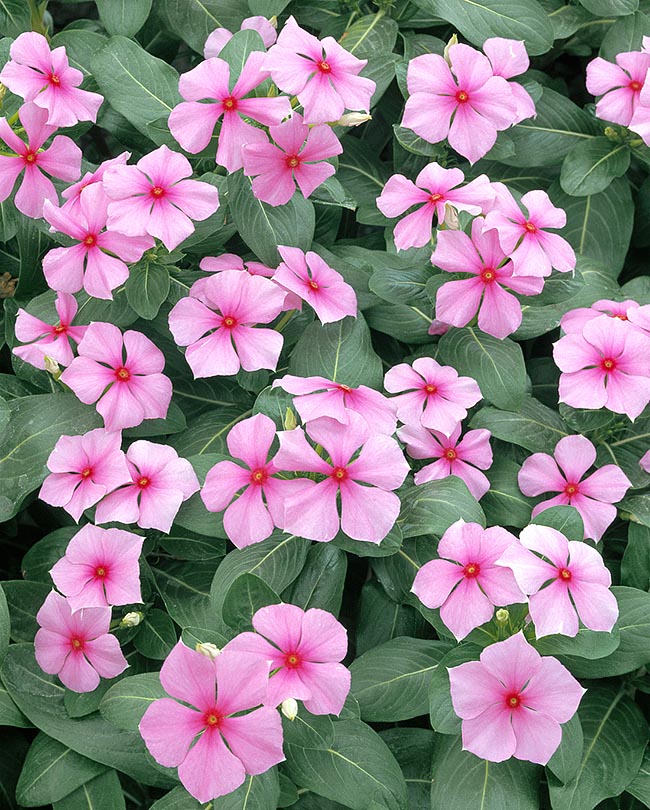
This plant is also known as Madagascar periwinkle and is native to Madagascar. It is an evergreen herbaceous plant and can withstand extreme conditions which allows it to survive in the streets of UAE.
Roots
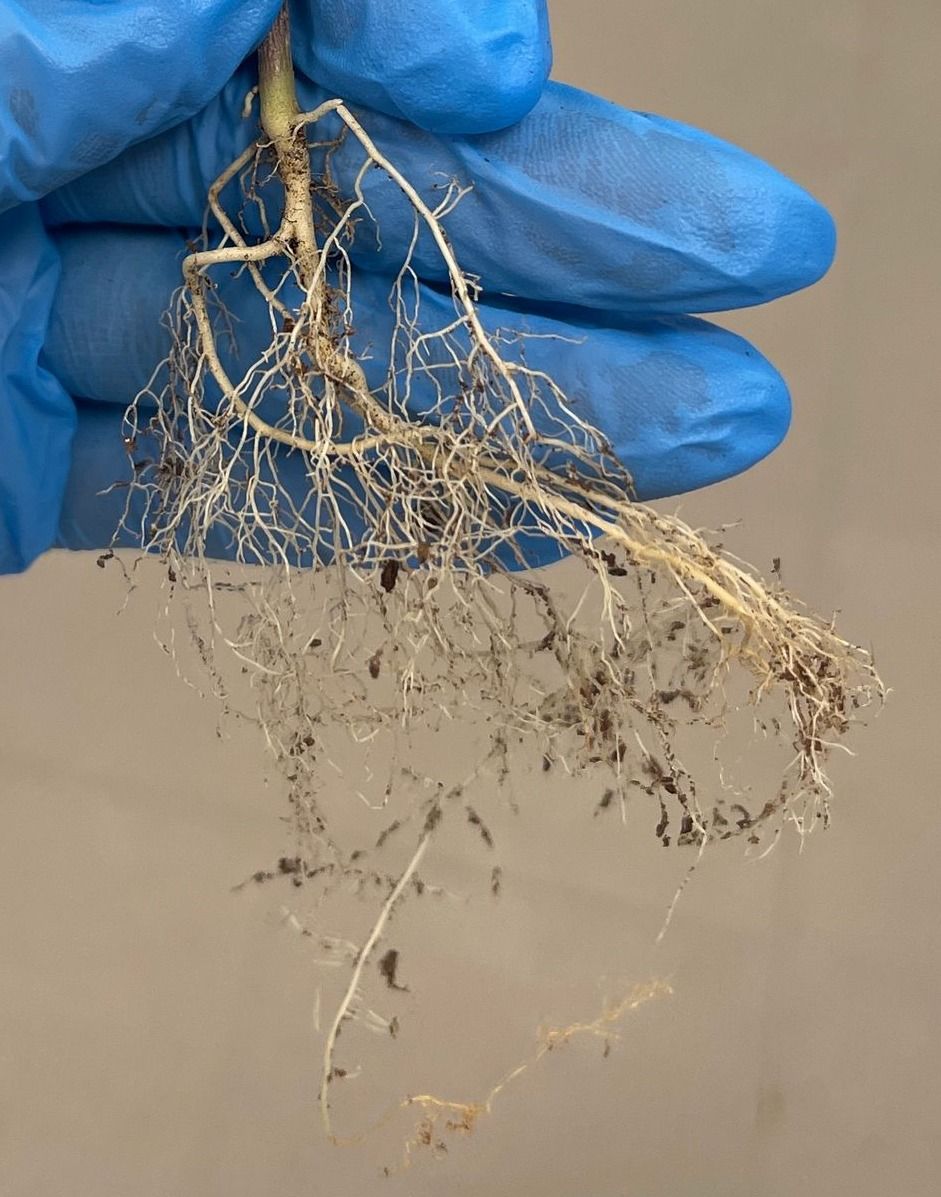
Roots help in anchoring the plant, absorb nutrients and water from the soil and in some cases store food. The type of root that the Catharanthus roseus exhibits is a branched tap root, this type of root has a main primary root with branched smaller secondary roots. While the other type of root are called fibrous roots in which the primary and secondary roots are almost the same size, this can be seen in the roots of onions and corn.
Stem
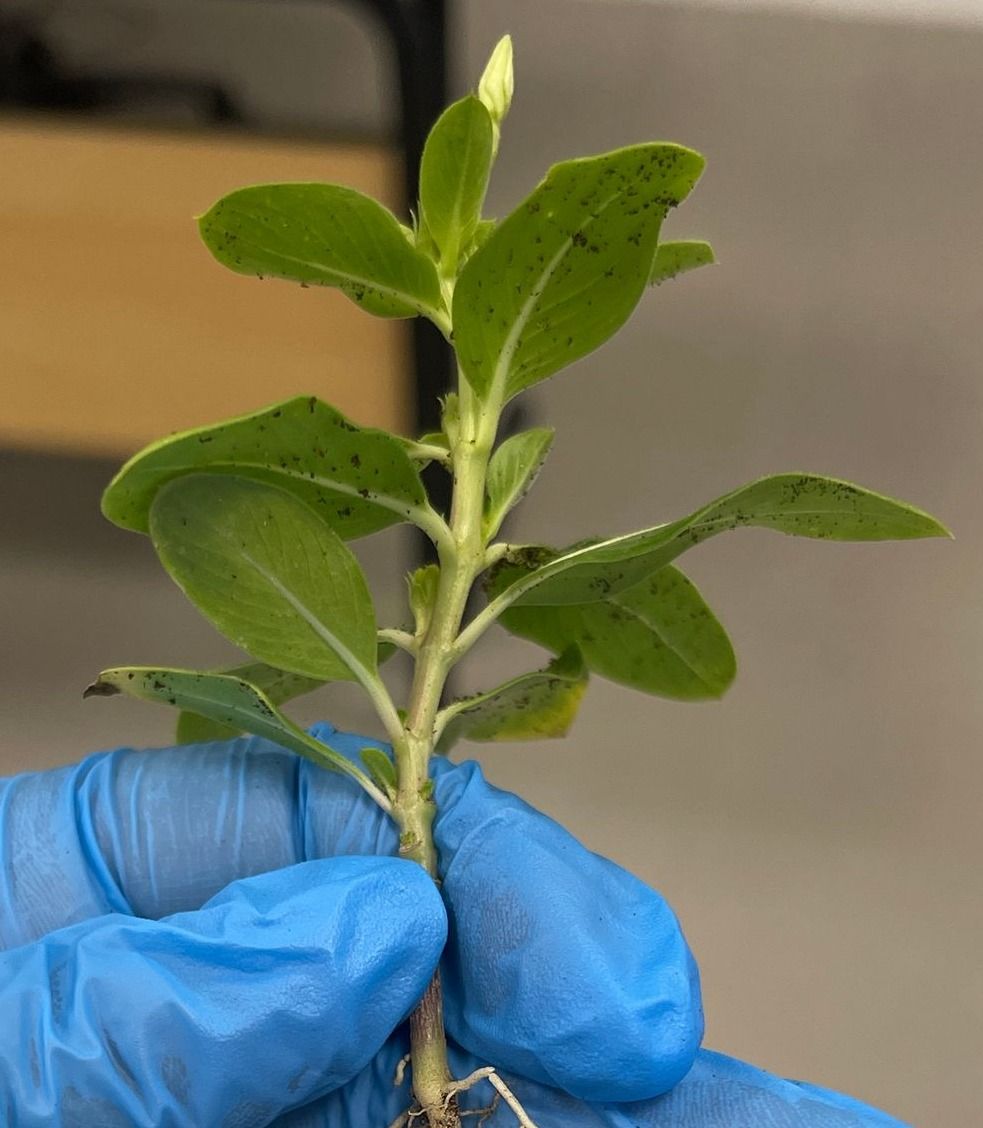
The stem of the plant supports the length of the plants, it allows the plant to stay vertical despite the presence of gravity. It also help in transport of water and nutrients to all parts of the plant. Stems hold another part of the plant which is the leaves.
Leaves
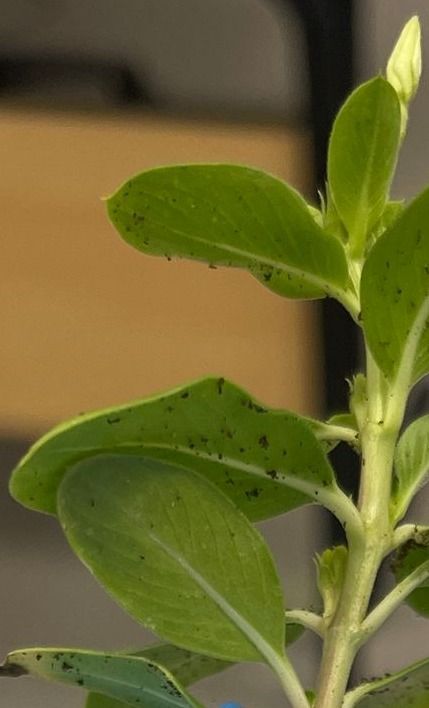
Leaves are the site of photosynthesis, they are green in colour because of the chlorophyll pigment that is present. The leaves of Catharanthus roseus have an opposite phyllotaxis, meaning that each node has two leaves arranged in opposite directions. The leaves also has a pinnate venation with one main vein from which other veins branch. It is also a simple leaf having one blade per petiole.
Flowers
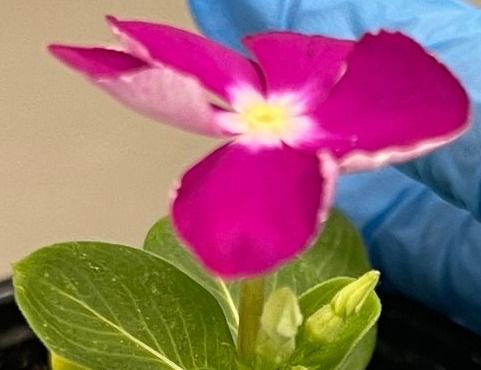
Flowers are important for attracting pollinators with their vibrant colours. The Catharanthus roseus flower has a short petiole and a pink colour with a yellow-white center.
